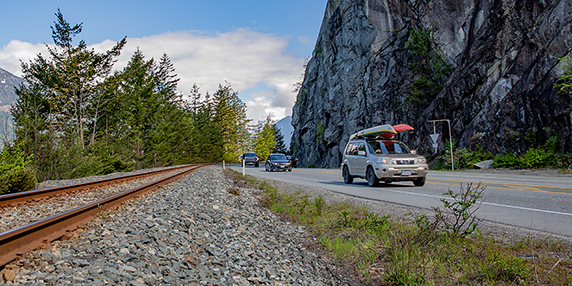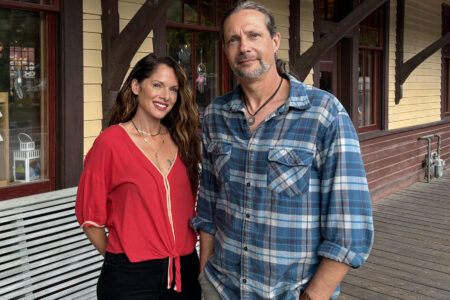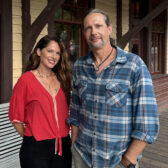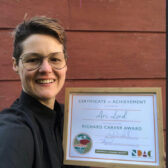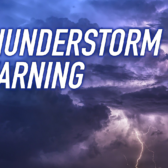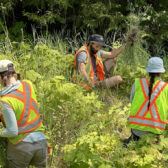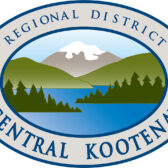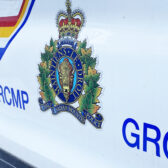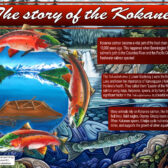ICBC survey reveals top challenges for road trippers ahead of B.C. Day long weekend
As the public approaches the B.C. Day long weekend, ICBC (Insurance Corporation of BC) encourages drivers to be prepared for busy roads, stay focused, and leave plenty of travel time.
A new ICBC survey* reveals that 95% of respondents with plans for summer road trips anticipate taking four road trips this summer of 100 km or more.
More than one-third (36%) of these road trippers expect to drive longer distance in total than last summer. The top challenges road trippers stated that they faced while driving during past summer road trips included slower moving vehicles like RVs (57%), distracted drivers (54%) and speeding drivers (48%).
During the B.C. Day long weekend, on average, two people are killed and 562 injured in 2,064 crashes in B.C. — on average, 78 people are injured in 352 crashes in the Southern Interior every year.
Distracted driving, impaired driving and failing to yield the right of way are the top contributing factors in these crashes.
Tips for road trip challenges:
- Plan your route and check road conditions at drivebc.ca. If you’ll be travelling at peak times, expect travel to take longer than usual. Do a pre-trip check to make your vehicle is in good working condition before you head out and pack an emergency kit in your vehicle in case you get stuck or stranded.
- Distracted driving is the top contributing factor in B.C. Day long weekend crashes. Stay focused on the road and leave your phone alone. Use caution and keep your distance as much as possible when travelling near drivers who appear distracted.
- If you’re road tripping, be patient with slow-moving vehicles like RVs and those towing trailers or boats. If they’re travelling below the speed limit in mountainous areas, they’re likely going uphill as fast as they can. If you’re driving an RV or towing weight and holding up drivers behind you, be courteous and pull over when it’s safe to do so to let others by. This is much safer than a driver making an unsafe pass out of frustration.
- If you’re driving on a freeway with more than two lanes in each direction, drive in the centre or right-hand lane to keep the left lane for higher-speed traffic and passing vehicles. Allow at least two seconds of following distance in good weather and conditions, and at least three seconds on high-speed roads. Increase your following distance when you’re following a large vehicle such as an RV (it can block your vision) or a motorcycle (it can stop faster than a car).
- With warm weather comes more motorcyclists, pedestrians, and cyclists on our roads. Reduce your speed, increase your following distance and watch for vulnerable road users.


